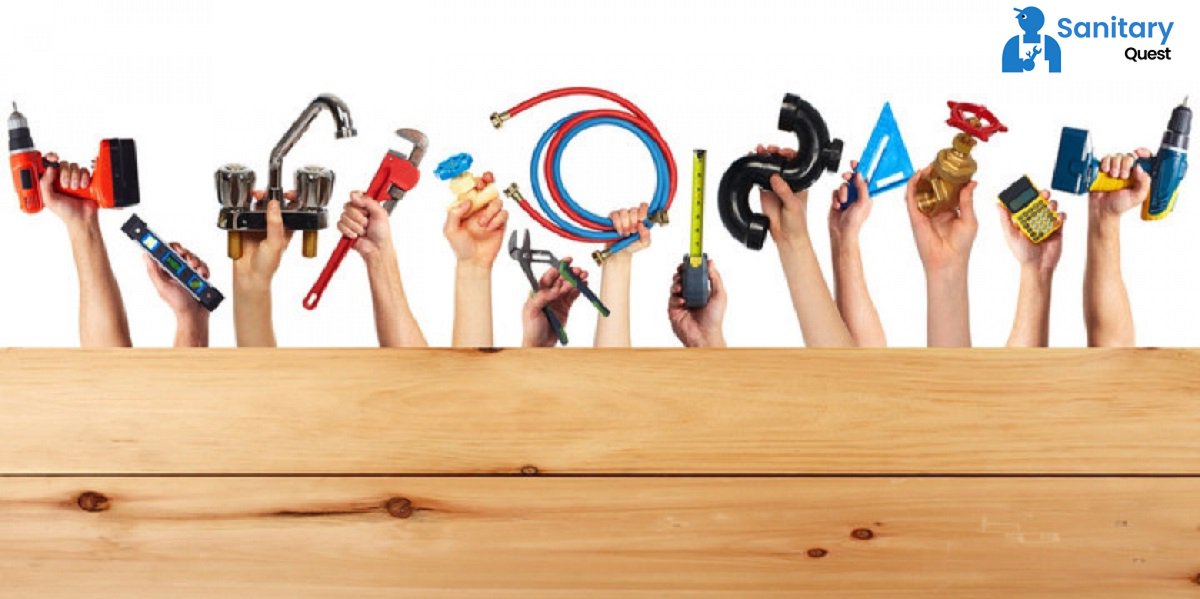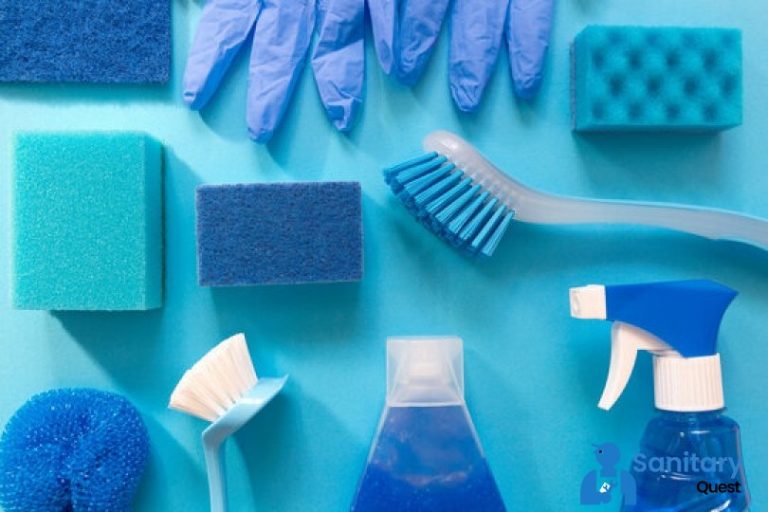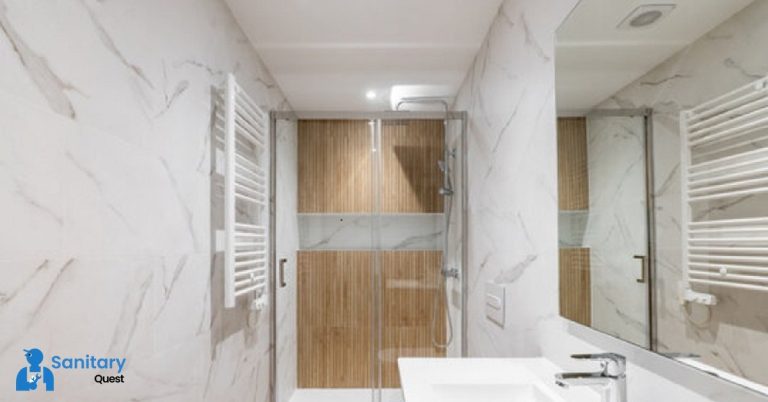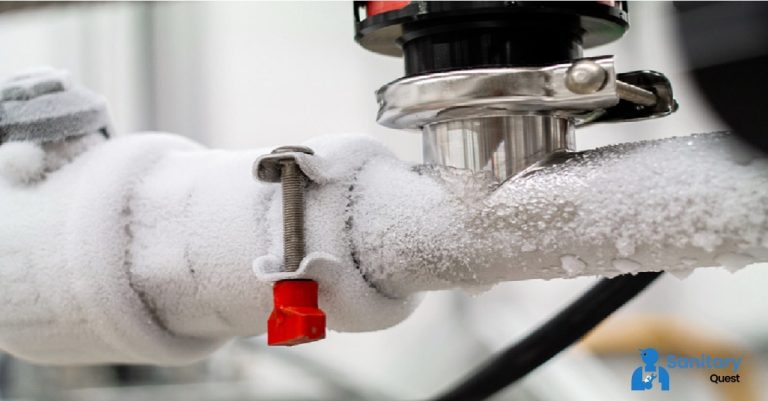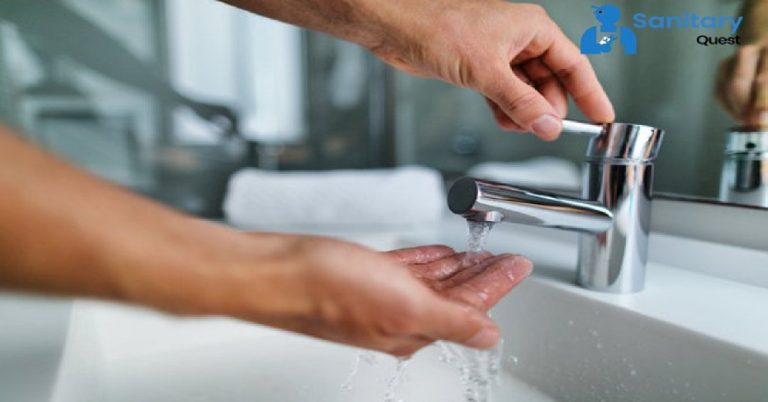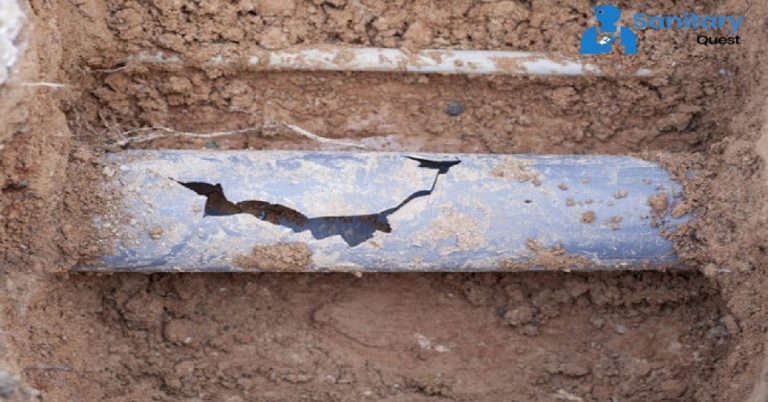How to use Essential Tools For DIY Plumbing
When tackling essential tools for DIY plumbing projects, having the right tools at your disposal is crucial for success. In this guide, we’ll walk you through the essential tools for DIY plumbing you need and how to use them effectively.
Adjustable Wrench: An adjustable wrench is a versatile tool for gripping and turning pipes, nuts, and bolts. Use it to tighten or loosen connections without damaging the plumbing components.
Pipe Wrench: Pipe wrenches come in various sizes and are specifically designed for gripping and turning pipes. Use them when dealing with threaded pipes to secure or release them.
Plunger: A plunger is a simple yet effective tool for clearing clogs in drains and toilets. Proper technique involves creating a tight seal and using quick, forceful thrusts to dislodge obstructions.
Pipe Cutter: An essential tools for DIY plumbing is cleanly cutting through pipes, especially when you need to replace or repair sections. Measure and mark the pipe, then use the cutter to make a clean, straight cut.
Tubing Cutter: Tubing cutters are perfect for cutting copper pipes. Rotate the cutter around the pipe to create a clean, burr-free cut without crushing the pipe.
Teflon Tape: Teflon tape, or plumber’s tape, is used to seal threaded connections to prevent leaks. Wrap it clockwise around the threads before connecting pipes or fittings.
Hacksaw: A hacksaw is handy for cutting through plastic pipes, brackets, or other materials. Ensure the blade is sharp for efficient cutting.
Plumbers’ Tape Measure: This specialized tape measure often has a rubber or nylon coating, making it more durable in wet environments. Use it to measure pipe lengths accurately.
Pipe Deburring Tool: After cutting pipes, a deburring tool removes sharp edges and burrs, ensuring a smooth connection and preventing potential leaks.
Pipe and Basin Wrench: These wrenches are excellent for reaching and turning fittings in tight spaces, such as under sinks. They provide better access when working on nuts and connectors in confined areas.
Plumbing Snake: A plumbing snake, or an auger, is used to clear stubborn clogs deep within pipes. Insert it into the drain or toilet and rotate it to dislodge blockages.
PVC Primer and Cement: If you’re working with PVC pipes, use primer and cement to bond them securely. Apply primer to clean and prepare the surfaces, then apply cement before quickly assembling the parts.
Adjustable Pliers: Adjustable pliers are great for holding pipes or fittings in place while you make adjustments or tighten connections.
Safety Gear: Always wear safety gear, including gloves and safety glasses, to protect yourself from potential hazards and exposure to chemicals.
This guide will help you understand the importance of each essential tools for DIY plumbing and provide basic instructions on its proper usage. Remember to prioritize safety, follow manufacturer instructions, and, when in doubt, consult a professional plumber for more complex plumbing tasks. With the right tools and knowledge, you can tackle many essential tools for DIY plumbing projects successfully.
8 Essential Tools For Diy Plumbing
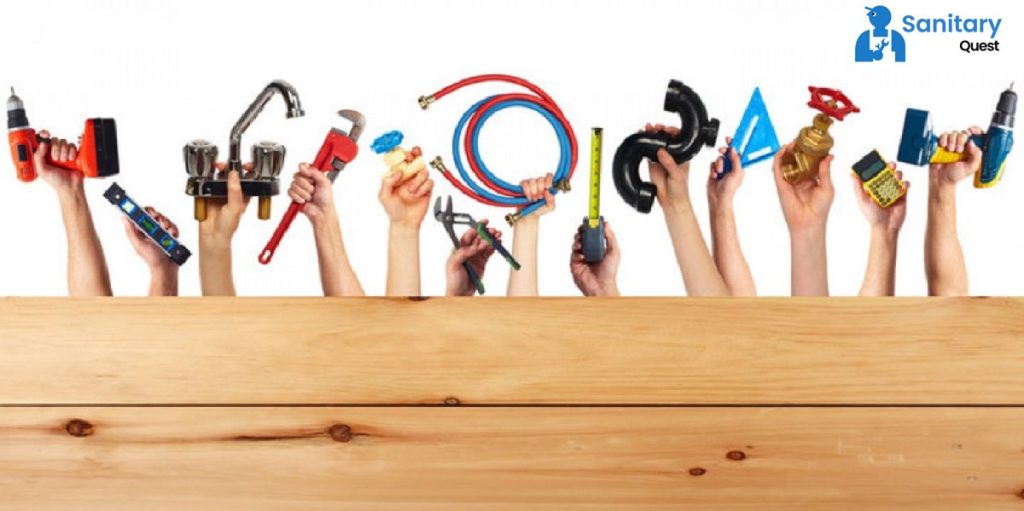
In spite of the fact that there is no substitute for a licensed plumber, being how to do even the most basic plumbing repairs on your own may help you save money in the event of an emergency or for making smaller repairs. The essential tools for DIY plumbing that are described here are the ones that are recommended to have on hand if you want to begin doing some basic plumbing work around your house.
Pipe wrench. You are going to need two pipe wrenches in order to get ready for the work. With the assistance of these wrenches, labor that requires leverage, such as the removal of corroded old fittings, may be finished. You might want to use one wrench to rotate the part while you use the other to hold it steady. You should also consider keeping a few old rags with these wrenches so that you can use them to wrap pipes and fixtures in order to protect them from scratches before beginning work on them. This is something you should do before you begin working on them.
Basin wrench. The spring-loaded gripping jaw of a basin wrench makes it the ideal tool for grasping and turning nuts and fasteners in restricted locations, such as beneath a kitchen sink, where room is limited. This makes a basin wrench the appropriate instrument for the job.
Adjustable wrench. An adjustable wrench may be used to perform the vast bulk of the labor that is necessary to complete essential do-it-yourself plumbing jobs, such as changing out showerheads or faucets. These projects include replacing these fixtures. Due to the fact that they can be purchased for a price that is not prohibitively expensive, it is recommended that a few of them in a range of sizes be kept in stock at all times.
Tongue and groove pliers. The jaw of these pliers is equipped with a design known as a slip-joint, which expands its capacity to handle larger objects. In addition, the handles of these pliers are often rather long, which makes them useful for spinning, loosening, and tightening. If you want to avoid scratching your fixtures, there is one more item that requires you to take measures before you use it. This is the case since the instrument is sharp.
Plumber’s putty. Putty for plumbers offers a barrier that is waterproof while also holding components in place, which helps avoid leaks and keeps components secure.
Plumber’s tape. A common yet inconvenient issue with plumbing is a threaded junction that leaks, such as the one that joins a showerhead to a pipe. This is a common problem. This issue could arise in a number of different locations across the house. Place a couple of strips of plumber’s tape over the threads and wrap them in a clockwise direction to ensure that they are clean and dry. After the fixture has been screwed on, the tape will be of assistance in forming a watertight seal so make sure to use it.
Plunger. Clogs are the most common type of plumbing problem in homes, and they can occur in either the sink or the toilet, or in both. It’s possible that this may be a very difficult experience. Ensure certain you have one in the restroom and that it is situated in the exact area where you will want it. Be sure you check out the appropriate technique.
Toilet auger. You might want to consider using a toilet auger as your next line of defense against clogs that are more challenging to remove. A toilet auger that is cranked by hand has the potential to stretch a lengthy cable and break through obstructions. Nevertheless, be sure that you don’t rush through the process and that you properly follow the instructions! A toilet auger may cause damage to your toilet, ranging from tiny scratches to the full ruin of the fixture, if it is used in a vigorous manner. This damage can range anywhere from cosmetic to functional. However, if it is utilized properly, it may be a simple and cost-effective alternative to paying for an expensive repair visit. This is especially true if it is done before the problem escalates.
FAQs
Q1: What tools do you need for DIY plumbing?
For DIY plumbing, you’ll want to have a few essential tools handy:
- Adjustable Wrench: Great for tightening and loosening various plumbing fittings.
- Pipe Wrench: Specifically designed for turning and holding pipes.
- Plunger: Useful for unclogging sinks, toilets, and drains.
- Pipe Cutter: Helps to cut pipes cleanly and accurately.
Q2: What tools are most critical in plumbing activities?
Critical tools in plumbing cover a range of needs. Pipe wrenches, in various sizes, are essential for gripping and turning pipes and fittings. Adjustable wrenches also play a crucial role, in handling nuts and bolts of different sizes. Pliers, especially tongue-and-groove or slip-joint types, are versatile for gripping and holding various plumbing components.
Q3: What tools do you require to set up plumbing?
When you’re setting up plumbing, having these essential tools is a must:
- Pipe Wrench: Use it to tighten and secure pipes.
- Plunger: Handy for clearing sink, toilet, and drain blockages.
- Adjustable Wrench: Essential for adjusting and tightening different fittings.
- Pipe Cutter: Use this to cut pipes accurately.
Q4: How do you keep your home’s plumbing in good shape?
To ensure your home’s plumbing stays in top condition, there are several steps you can take. Regularly inspect for leaks or drips in faucets, pipes, and under sinks, fixing any issues promptly. Avoid putting grease or harsh chemicals down drains, as they can cause blockages and damage pipes. Periodically flush drains with a mixture of vinegar and hot water to prevent clogs.

